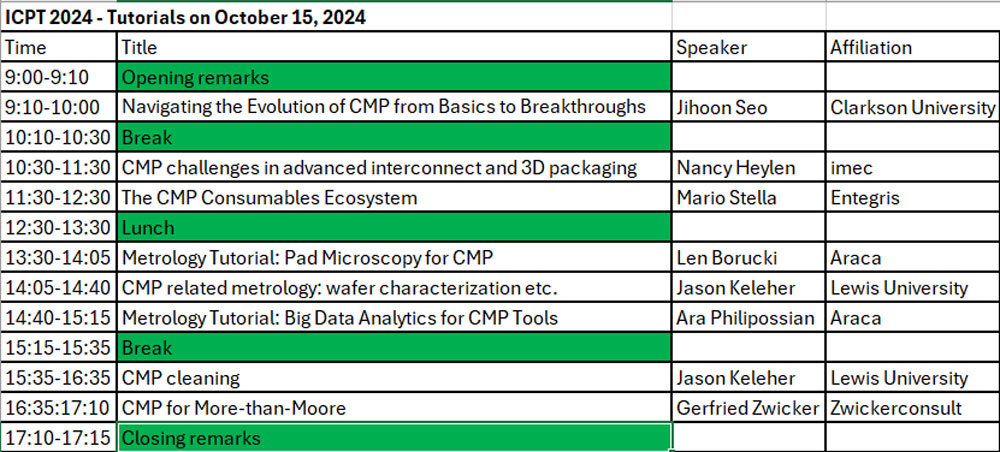Prof. Jihoon Seo, Assistant Professor
Department of Chemical and Biomolecular Engineering Clarkson University in NY, USA
Biography
Prof. Jihoon Seo is an Assistant Professor of Chemical and Biomolecular Engineering at Clarkson University in NY, USA. He holds a Ph.D. in Energy Engineering and a Bachelor of Engineering in Materials Science and Engineering from Hanyang University in South Korea. His research focuses on novel planarization and cleaning technologies in manufacturing processes. Prof. Seo collaborates with semiconductor manufacturers and equipment suppliers, advancing CMP through the development of cutting-edge processes and materials. Currently, Prof. Seo is leading the CMP team at Clarkson University.
Navigating the Evolution of CMP from Basics to Breakthroughs
CMP technology, essential in semiconductor manufacturing, has evolved significantly since its introduction in 1983. Despite its progress, CMP continues to face challenges and opportunities as it strives to reach its full potential. Over the last 40 years, CMP has transformed, increasing the number of processing steps fiftyfold and expanding the variety of materials processed tenfold. From its initial single-material focus, CMP now efficiently handles multi-material processes. Miniaturization in semiconductors has heightened defect risks, which requires nearly defect-free processes and a thorough understanding of CMP structures to enhance performance. This session will explore the development of CMP technology over the past 40 years, highlighting key milestones and strategies for addressing future challenges and opportunities. It is designed to provide both newcomers and experienced professionals with a comprehensive understanding of CMP technology. The session will cover fundamental concepts, the role of CMP in semiconductor fabrication, and its critical importance in producing flat, defect-free surfaces.
